Beberapa minggu yang lalu dapat kesempatan buat jalan-jalan ke negeri-nya film-film bollywod alias India. Sebenarnya kesana dalam rangka kerja sih, tapi kesempatan langka ini sia-sia aja kalau ga dimanfaatin buat jalan-jalan dan sedikit "wisata" hehehe...
Setelah "terdampar" di bandara Changi Singapore selama beberapa jam dan perjalanan yang melelahkan selama 5,5 jam dari Singapore-Delhi, akhirnya sampai juga di Indira Gandhi airport jam 5.30 pagi..
Di otak yang ada cuma pengen cepet nyampe hotel dan tidur nyenyak, tapi dah hampir 2 jam nunggu di bandara ga ada orang yang jemput..!!!!
Akhirnya setelah telpon sana telpon sini ( telp pake telkomsel disana mahal banget, sms aja 5000/sms.. ), akhirnya ada yang jemput, ternyata ada kesalahan komunikasi antara perusahaan dengan pihak hotel yang diminta jemput.. huf..
Tak bisa istirahat lama-lama, setelah tidur 2 jam-an, akhirnya pekerjaan yang dah lama menunggu harus segera diselesaikan.. Semangat harus dibakar lagi hingga mendidih walau mata ini sebenarnya dah ga kuat dibuka..
Malamnya mata ini harus beradaptasi dengan perbedaan jam antara Indonesia dan India yang sekitar 2,5 jam. jam dinding sih masih jam 10-an tapi mata seperti dah jam 12-an.. arrrggghh..
Untungnya semuanya berjalan lancar dan setelah 3 hari disana dan harus beradaptasi dengan panasnya new delhi, dengan macetnya jalanan disana, "brutal-nya" sopir-sopir disana kalo ngebut, Rotti dan chapatti serta kari yang kelihatan menggoda tapi rasa tak sesuai selera, dan seksinya cewek-cewek India ( ga semuanya, sekali lagi prinsip "ada harga ada rupa" berlaku disini ), akhirnya bisa kembali lagi ke Indonesia yang tercinta..
Dan ini dia sedikit sisa-sisa memory di kamera yang bisa dijadikan kenangan,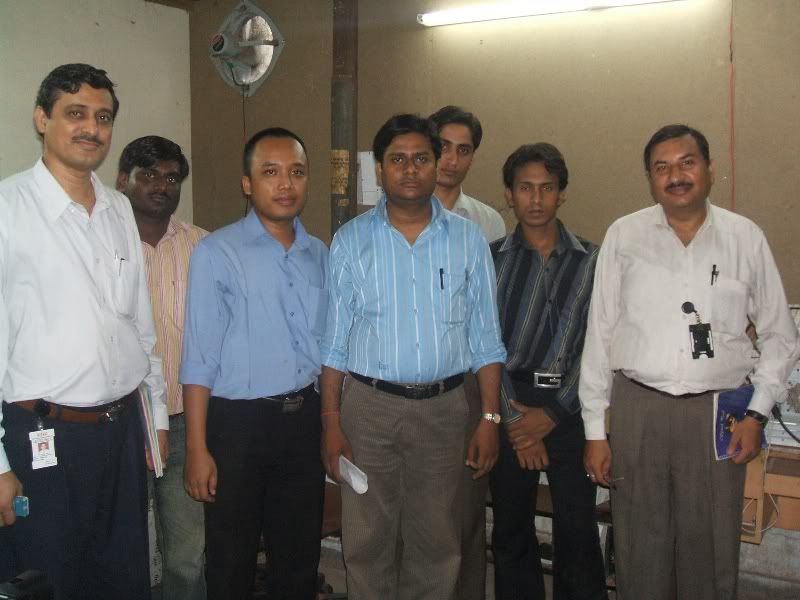
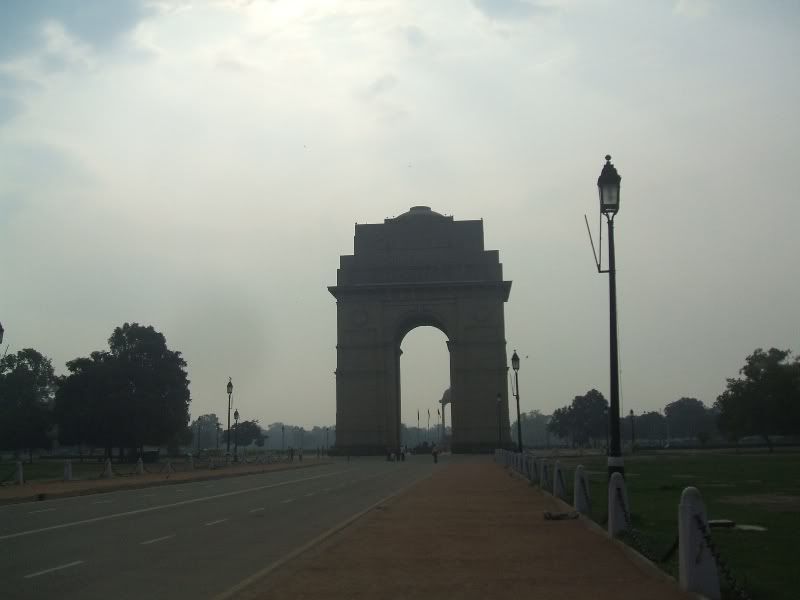
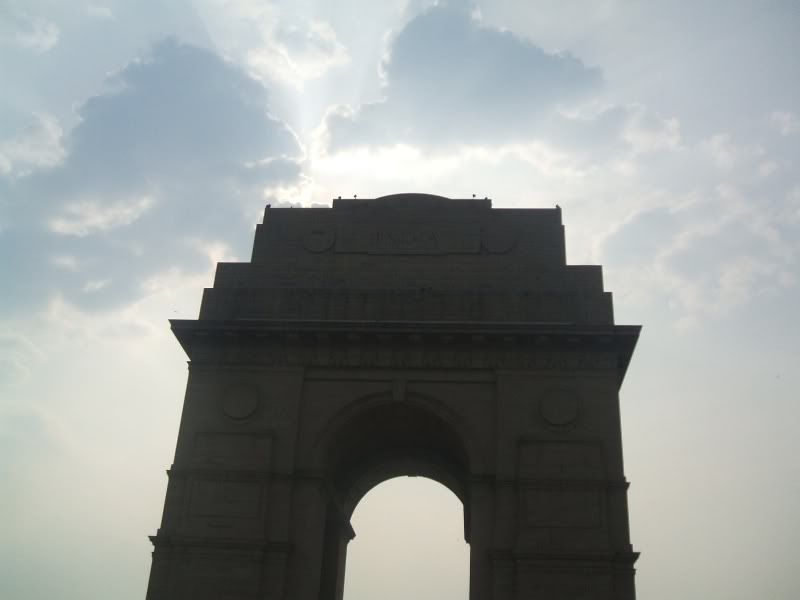

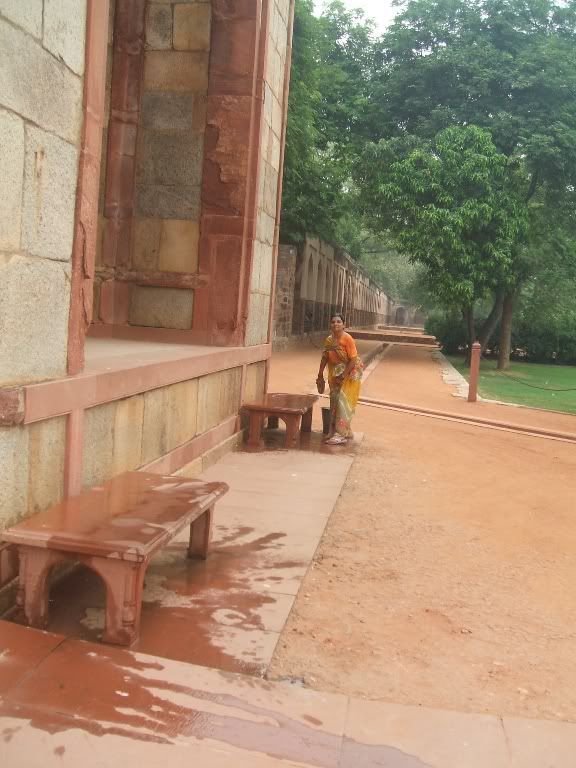
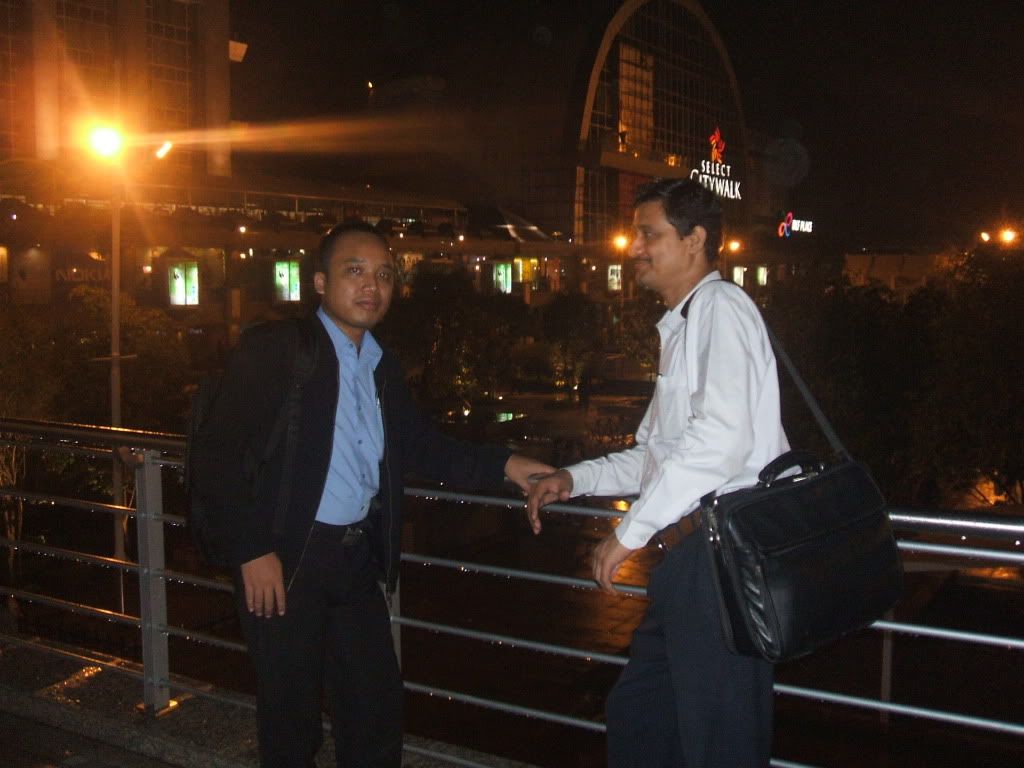
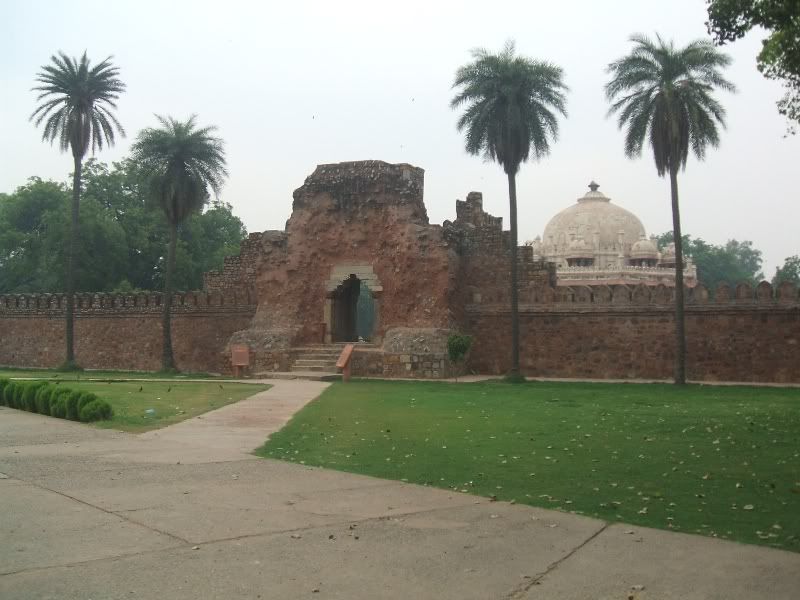
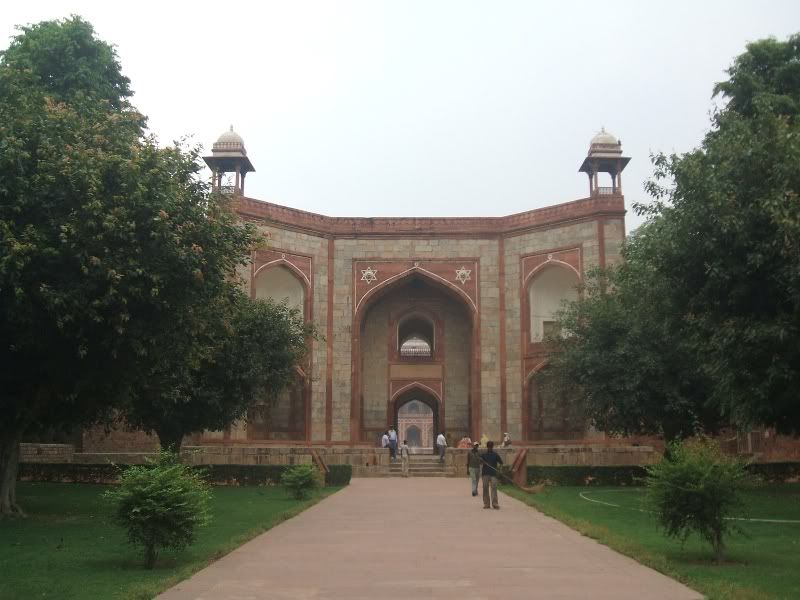
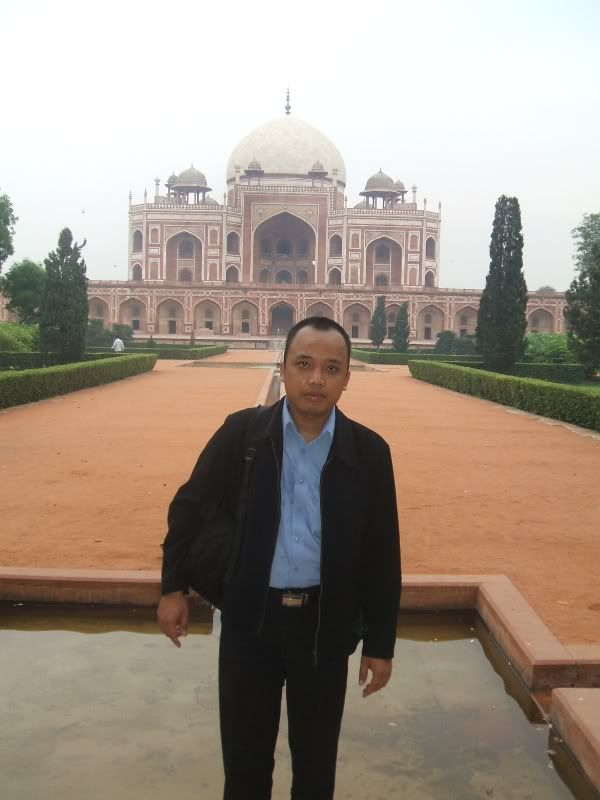
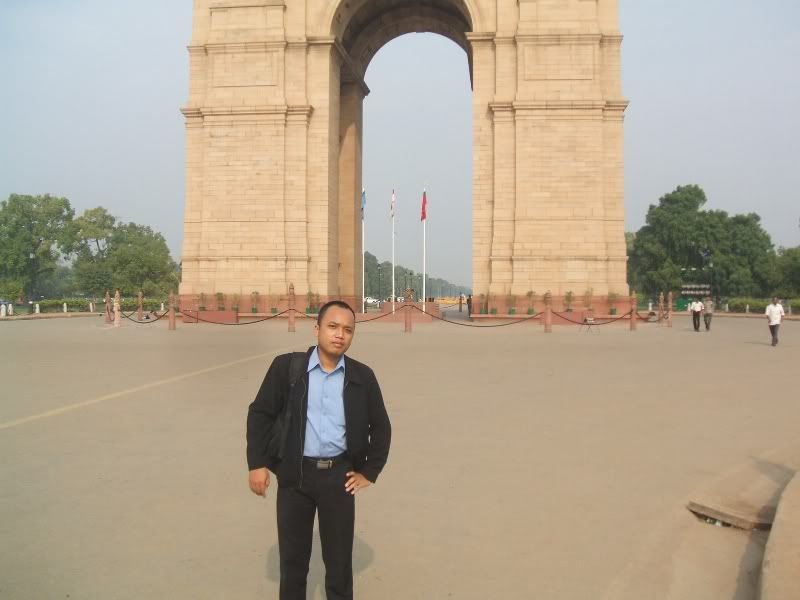
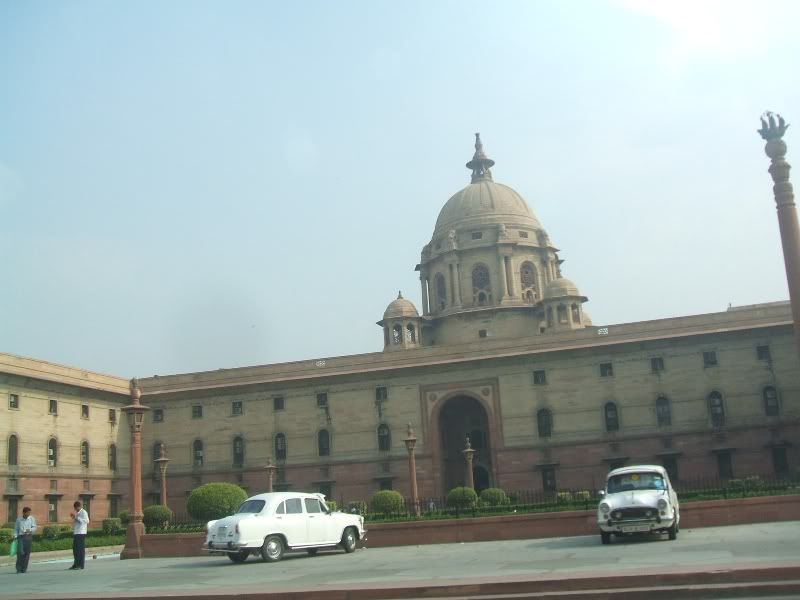




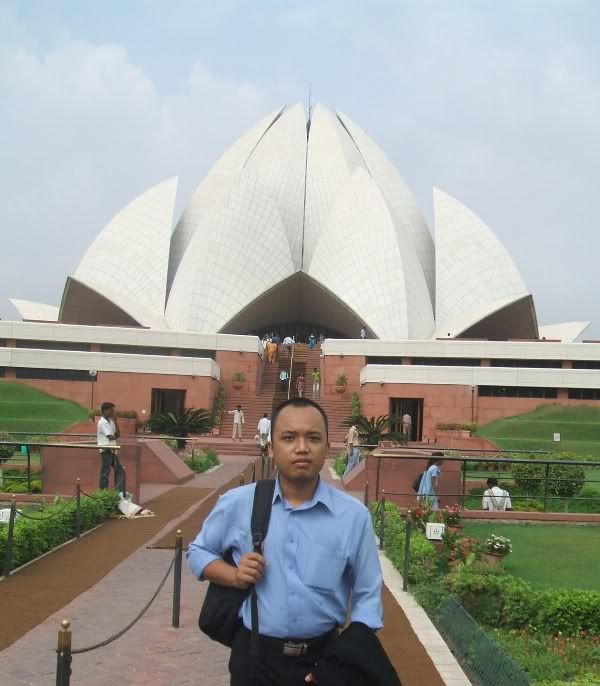
Cerita tentang tempat-tempat yang sempet dikunjungi disana menyusul nanti di part selanjutnya..
Monday, August 3, 2009
Journey to the west, part 1
Labels: PersonalTernyata
Ada seseorang saat melamar kerja, memungut sampah kertas di lantai ke dalam tong sampah, dan hal itu terlihat oleh peng-interview, dan dia mendapatkan pekerjaan tersebut.
Ternyata untuk memperoleh penghargaan sangat mudah, cukup memelihara kebiasaan yang baik.
Ada seorang anak menjadi murid di toko sepeda. Suatu saat ada seseorang yang mengantarkan sepeda rusak untuk diperbaiki di toko tsb. Selain memperbaiki sepeda tsb, si anak ini juga membersihkan sepeda hingga bersih mengkilap. Murid-murid lain menertawakan perbuatannya. Keesokan hari setelah sang empunya sepeda mengambil sepedanya, si adik kecil ditarik/diambil kerja di tempatnya.
Ternyata untuk menjadi orang yang berhasil sangat mudah, cukup punya inisiatif sedikit saja
Seorang anak berkata kepada ibunya: “Ibu hari ini sangat cantik.
Ibu menjawab: “Mengapa?
Anak menjawab: “Karena hari ini ibu sama sekali tidak marah-marah.
Ternyata untuk memiliki kecantikan sangatlah mudah, hanya perlu tidak marah-marah.
Seorang petani menyuruh anaknya setiap hari bekerja giat di sawah.
Temannya berkata: “Tidak perlu menyuruh anakmu bekerja keras, Tanamanmu tetap akan tumbuh dengan subur.
Petani menjawab: “Aku bukan sedang memupuk tanamanku, tapi aku sedang membina anakku.
Ternyata membina seorang anak sangat mudah, cukup membiarkan dia rajin bekerja.
Seorang pelatih bola berkata kepada muridnya: “Jika sebuah bola jatuh ke dalam rerumputan, bagaimana cara mencarinya?
Ada yang menjawab: “Cari mulai dari bagian tengah.” Ada pula yang menjawab: “Cari di rerumputan yang cekung ke dalam.” Dan ada yang menjawab: “Cari di rumput yang paling tinggi. Pelatih memberikan jawaban yang paling tepat: “Setapak demi setapak cari dari ujung rumput sebelah sini hingga ke rumput sebelah sana .
Ternyata jalan menuju keberhasilan sangat gampang, cukup melakukan segala sesuatunya setahap demi setahap secara berurutan, jangan meloncat-loncat.
Katak yang tinggal di sawah berkata kepada katak yang tinggal di pinggir jalan: “Tempatmu terlalu berbahaya, tinggallah denganku.”
Katak di pinggir jalan menjawab: “Aku sudah terbiasa, malas untuk pindah.”
Beberapa hari kemudian katak “sawah” menjenguk katak “pinggir jalan” dan menemukan bahwa si katak sudah mati dilindas mobil yang lewat.
Ternyata sangat mudah menggenggam nasib kita sendiri, cukup hindari kemalasan saja.
Ada segerombolan orang yang berjalan di padang pasir, semua berjalan dengan berat, sangat menderita, hanya satu orang yang berjalan dengan gembira. Ada yang bertanya: “Mengapa engkau begitu santai?”
Dia menjawab sambil tertawa: “Karena barang bawaan saya sedikit.”
Ternyata sangat mudah untuk memperoleh kegembiraan, cukup tidak serakah dan memiliki secukupnya saja
Hidup itu SULIT, mengapa kita harus membuatnya menjadi lebih SULIT lagi ?
Cara Pandang terhadap beban hidup
Bukan berat Beban yang membuat kita Stress, tetapi lamanya kita memikul beban tersebut.
Pada saat memberikan kuliah tentang Manajemen Stress, Stephen Covey mengangkat segelas air dan bertanya kepada para siswanya: “Seberapa berat menurut anda kira segelas air ini?”
Para siswa menjawab mulai dari 200 gr sampai 500 gr.”Ini bukanlah masalah berat absolutnya, tapi tergantung berapa lama anda memegangnya.” kata Covey.
“Jika saya memegangnya selama 1 menit, tidak ada masalah. Jika saya memegangnya selama 1 jam, lengan kanan saya akan sakit. Dan jika saya memegangnya selama 1 hari penuh, mungkin anda harus memanggilkan ambulans untuk saya.Beratnya sebenarnya sama, tapi semakin lama sayamemegangnya, maka bebannya akan semakin berat.”
“Jika kita membawa beban kita terus menerus, lambat laun kita tidak akan mampu membawanya lagi. Beban itu akan meningkat beratnya.” lanjut Covey. “Apa yang harus kita lakukan adalah meletakkan gelas tersebut, istirahat sejenak sebelum mengangkatnya lagi”. Kita harus meninggalkan
beban kita secara periodik, agar kita dapat lebih segar dan mampu membawanya lagi.
Jadi sebelum pulang ke rumah dari pekerjaan sore ini, tinggalkan beban pekerjaan. Jangan bawa pulang. Beban itu dapat diambil lagi besok. Apapun beban yang ada dipundak anda hari ini, coba tinggalkan sejenak jika bisa. Setelah beristirahat nanti dapat diambil lagi.
Hidup ini singkat, jadi cobalah menikmatinya dan memanfaatkannya…!!
Hal terindah dan terbaik di dunia ini tak dapat dilihat, atau disentuh, tapi dapat dirasakan jauh di relung hati kita.
Start the day with smile and have a good day……..
Learn about LCD
Dengan makin berkembangnya teknologi LCD dan harganya yang makin murah, maka lambat laun banyak orang meninggalkan penggunaan CRT untuk peralatan display mereka dan beralih ke LCD yang lebih kompak, hemat tempat dan hemat daya.
Beberapa tahun lalu LCD masih belum bisa menandingi CRT, tapi sekarang ? semuanya tinggal masalah waktu hingga LCD bisa menggantikan CRT mengingat banyak produsen CRT yang sudah gulung tikar.
Nah, kiranya artikel dibawah ini bisa memberikan sedikit pencerahan tentang teknologi yang ada dibalik LCD.
History of TFT LCD
Liquid crystal was discovered by the Austrian botanist Fredreich Rheinizer in 1888. "Liquid crystal" is neither solid nor liquid (an example is soapy water).
In the mid-1960s, scientists showed that liquid crystals when stimulated by an external electrical charge could change the properties of light passing through the crystals.
The early prototypes (late 1960s) were too unstable for mass production. But all of that changed when a British researcher proposed a stable, liquid crystal material (biphenyl).
Today's color LCD TVs and LCD Monitors have a sandwich-like structure (see figure below).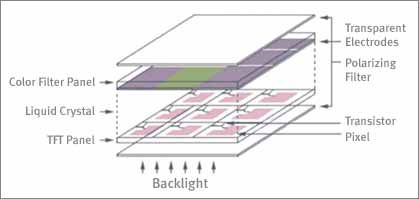
What is TFT LCD?
TFT LCD (Thin Film Transistor Liquid Crystal Display) has a sandwich-like structure with liquid crystal filled between two glass plates.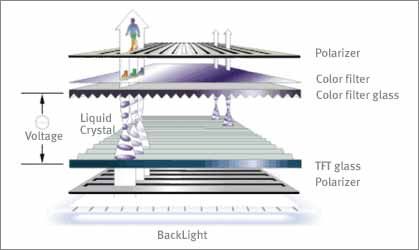
TFT Glass has as many TFTs as the number of pixels displayed, while a Color Filter Glass has color filter which generates color. Liquid crystals move according to the difference in voltage between the Color Filter Glass and the TFT Glass. The amount of light supplied by Back Light is determined by the amount of movement of the liquid crystals in such a way as to generate color.
TFT LCD - Electronic Aspects of LCD TVs and LCD Monitors
Electronic Aspects of AMLCDs
The most common liquid-crystal displays (LCDs) in use today rely on picture elements, or pixels, formed by liquid-crystal (LC) cells that change the polarization direction of light passing through them in response to an electrical voltage.
As the polarization direction changes, more or less of the light is able to pass through a polarizing layer on the face of the display. Change the voltage, and the amount of light is changed.
There are two ways to produce a liquid-crystal image with such cells: the segment driving method and the matrix driving method.
The segment driving method displays characters and pictures with cells defined by patterned electrodes.
The matrix driving method displays characters and pictures in sets of dots.
Direct vs. multiplex driving of LCD TVs.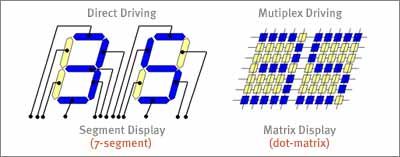
The segment drive method is used for simple displays, such as those in calculators, while the dot-matrix drive method is used for high-resolution displays, such as those in portable computers and TFT monitors.
Two types of drive method are used for matrix displays. In the static, or direct, drive method, each pixel is individually wired to a driver. This is a simple driving method, but, as the number of pixels is increased, the wiring becomes very complex. An alternative method is the multiplex drive method, in which the pixels are arranged and wired in a matrix format.
To drive the pixels of a dot-matrix LCD, a voltage can be applied at the intersections of specific vertical signal electrodes and specific horizontal scanning electrodes. This method involves driving several pixels at the same time by time-division in a pulse drive. Therefore, it is also called a multiplex, or dynamic, drive method.
Passive and Active Matrix LCDs
There are two types of dot-matrix LCDs.
Passive-matrix vs. active-matrix driving of LCD Monitors.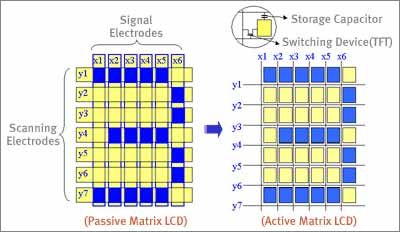
In passive-matrix LCDs (PMLCDs) there are no switching devices, and each pixel is addressed for more than one frame time. The effective voltage applied to the LC must average the signal voltage pulses over several frame times, which results in a slow response time of greater than 150 msec and a reduction of the maximum contrast ratio. The addressing of a PMLCD also produces a kind of crosstalk that produces blurred images because non-selected pixels are driven through a secondary signal-voltage path. In active-matrix LCDs (AMLCDs), on the other hand, a switching device and a storage capacitor are integrated at the each cross point of the electrodes.
The active addressing removes the multiplexing limitations by incorporating an active switching element. In contrast to passive-matrix LCDs, AMLCDs have no inherent limitation in the number of scan lines, and they present fewer cross-talk issues. There are many kinds of AMLCD. For their integrated switching devices most use transistors made of deposited thin films, which are therefore called thin-film transistors (TFTs).
The most common semiconducting layer is made of amorphous silicon (a-Si).
a-Si TFTs are amenable to large-area fabrication using glass substrates in a low-temperature (300°C to 400°C) process.
An alternative TFT technology, polycrystalline silicon - or polysilicon or p-Si-is costly to produce and especially difficult to fabricate when manufacturing large-area displays.
Nearly all TFT LCDs are made from a-Si because of the technology's economy and maturity, but the electron mobility of a p-Si TFT is one or two orders of magnitude greater than that of an a-Si TFT.
This makes the p-Si TFT a good candidate for an TFT array containing integrated drivers, which is likely to be an attractive choice for small, high definition displays such as view finders and projection displays.
Structure of Color TFT LCD TVs and LCD Monitors
A TFT LCD module consists of a TFT panel, driving-circuit unit, backlight system, and assembly unit.
Structure of a color TFT LCD Panel: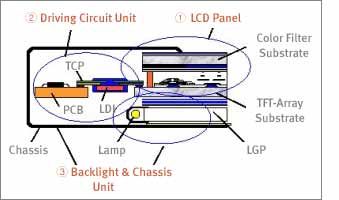
1. LCD Panel
- TFT-Array Substrate
- Color Filter Substrate
2. Driving Circuit Unit
- LCD Driver IC (LDI) Chips
- Multi-layer PCBs
- Driving Circuits
3. Backlight & Chassis Unit
- Backlight Unit
- Chassis Assembly
It is commonly used to display characters and graphic images when connected a host system.
The TFT LCD panel consists of a TFT-array substrate and a color-filter substrate.
The vertical structure of a color TFT LCD panel.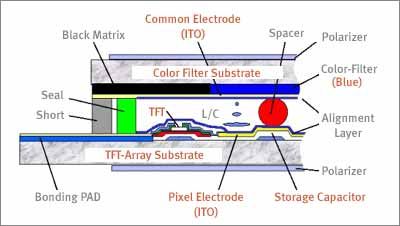
The TFT-array substrate contains the TFTs, storage capacitors, pixel electrodes, and interconnect wiring. The color filter contains the black matrix and resin film containing three primary-color - red, green, and blue - dyes or pigments. The two glass substrates are assembled with a sealant, the gap between them is maintained by spacers, and LC material is injected into the gap between the substrates. Two sheets of polarizer film are attached to the outer faces of the sandwich formed by the glass substrates. A set of bonding pads are fabricated on each end of the gate and data-signal bus-lines to attach LCD Driver IC (LDI) chips
Driving Circuit Unit
Driving an a-Si TFT LCD requires a driving circuit unit consisting of a set of LCD driving IC (LDI) chips and printed-circuit-boards (PCBs).
The assembly of LCD driving circuits.
A block diagram showing the driving of an LCD panel.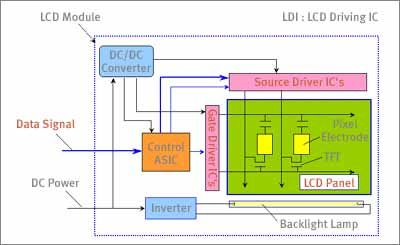
To reduce the footprint of the LCD module, the drive circuit unit can be placed on the backside of the LCD module by using bent Tape Carrier Packages (TCPs) and a tapered light-guide panel (LGP).
How TFT LCD Pixels Work
A TFT LCD panel contains a specific number of unit pixels often called subpixels.
Each unit pixel has a TFT, a pixel electrode (IT0), and a storage capacitor (Cs).
For example, an SVGA color TFT LCD panel has total of 800x3x600, or 1,440,000, unit pixels.
Each unit pixel is connected to one of the gate bus-lines and one of the data bus-lines in a 3mxn matrix format. The matrix is 2400x600 for SVGA.
Structure of a color TFT LCD panel.![]()
Because each unit pixel is connected through the matrix, each is individually addressable from the bonding pads at the ends of the rows and columns.
The performance of the TFT LCD is related to the design parameters of the unit pixel, i.e., the channel width W and the channel length L of the TFT, the overlap between TFT electrodes, the sizes of the storage capacitor and pixel electrode, and the space between these elements.
The design parameters associated with the black matrix, the bus-lines, and the routing of the bus lines also set very important performance limits on the LCD.
In a TFT LCD's unit pixel, the liquid crystal layer on the ITO pixel electrode forms a capacitor whose counter electrode is the common electrode on the color-filter substrate.
Vertical structure of a unit pixel and its equivalent circuit![]()
A storage capacitor (Cs) and liquid-crystal capacitor (CLC) are connected as a load on the TFT.
Applying a positive pulse of about 20V peak-to-peak to a gate electrode through a gate bus-line turns the TFT on. Clc and Cs are charged and the voltage level on the pixel electrode rises to the signal voltage level (+8 V) applied to the data bus-line.
The voltage on the pixel electrode is subjected to a level shift of DV resulting from a parasitic capacitance between the gate and drain electrodes when the gate voltage turns from the ON to OFF state. After the level shift, this charged state can be maintained as the gate voltage goes to -5 V, at which time the TFT turns off. The main function of the Cs is to maintain the voltage on the pixel electrode until the next signal voltage is applied.
Liquid crystal must be driven with an alternating current to prevent any deterioration of image quality resulting from dc stress.
This is usually implemented with a frame-reversal drive method, in which the voltage applied to each pixel varies from frame to frame. If the LC voltage changes unevenly between frames, the result would be a 30-Hz flicker.
(One frame period is normally 1/60 of a second.) Other drive methods are available that prevent this flicker problem.
Polarity-inversion driving methods.![]()
In an active-matrix panel, the gate and source electrodes are used on a shared basis, but each unit pixel is individually addressable by selecting the appropriate two contact pads at the ends of the rows and columns.
Active addressing of a 3x3 matrix![]()
By scanning the gate bus-lines sequentially, and by applying signal voltages to all source bus-lines in a specified sequence, we can address all pixels. One result of all this is that the addressing of an AMLCD is done line by line.
Virtually all AMLCDs are designed to produce gray levels - intermediate brightness levels between the brightest white and the darkest black a unit pixel can generate. There can be either a discrete numbers of levels - such as 8, 16, 64, or 256 - or a continuous gradation of levels, depending on the LDI.
The optical transmittance of a TN-mode LC changes continuously as a function of the applied voltage.
An analog LDI is capable of producing a continuous voltage signal so that a continuous range of gray levels can be displayed.
The digital LDI produces discrete voltage amplitudes, which permits on a discrete numbers of shades to be displayed. The number of gray levels is determined by the number of data bits produced by the digital driver.
Generating Colors
The color filter of a TFT LCD TV consists of three primary colors - red (R), green (G), and blue (B) - which are included on the color-filter substrate.
How an LCD Panel produces colors.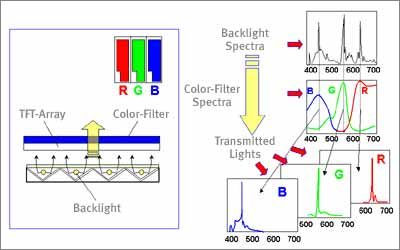
The elements of this color filter line up one-to-one with the unit pixels on the TFT-array substrate.
Each pixel in a color LCD is subdivided into three subpixels, where one set of RGB subpixels is equal to one pixel.
(Each subpixel consists of what we've been calling a unit pixel up to this point.)
Because the subpixels are too small to distinguish independently, the RGB elements appear to the human eye as a mixture of the three colors.
Any color, with some qualifications, can be produced by mixing these three primary colors.
The total number of display colors using an n-bit LDI is given by 23n, because each subpixel can generate 2n different transmittance levels.
Source : HDTV.ca


